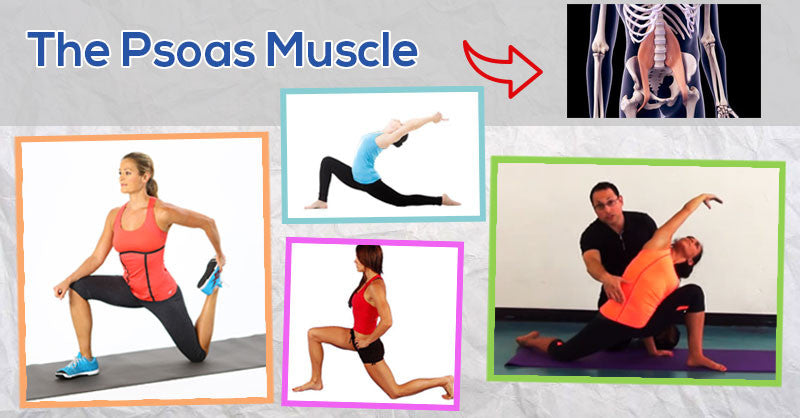So Flipping Close!
Posted by EasyFlexibility Team on
Are your gymnasts frustratingly close to achieving their back handspring, but you can’t seem to find the missing link as to why they are not quite there?!

Your problem could soon be solved!
HOW?
The mechanics of a back handspring can be broken down into three parts. First, a deep squat is created, ensuring a platform for takeoff into the action. Second is the flight phase. This requires elevating the body up into an arched handstand shape in the air. Finally, the body snaps the legs down for landing- which is not a natural progression for the body to follow.
Below we will look at how making minor alterations to the mechanics of each element could solve all of your back-handspring frustrations.
The Preparation Position
Creating a tight starting shape is vital. With arms directly above their head, elbows locked out, your gymnasts’ biceps should squeeze the gap in between their arms and ears. As the arms swing down, the quadriceps begin to contract into a squat. It is imperative that your gymnasts have the extension required at the shoulder joint to elevate the body up and into the handstand.
Quick note about the shoulders...
We can all be found guilty of skipping over a quick shoulder warm up that includes stretching the rhombus major and minor. Here is how we can create an instant ‘quick win’ for our gymnasts- by teaching them the following fantastic stretches to extend their reach at the shoulder joint. When working back handsprings it is so important to target specifically the teres minor and infraspinatus.
The Handstand Phase
Gymnasts spend almost as much time looking at the world upside down as they do standing up! A large majority of their training time is spent supporting their own body weight in a handstand.
In order to prepare your gymnasts for this we need some targeted stretches to help.
Thorough stretching equips your gymnasts to hold a sturdy, solid handstand. In a back handspring they must have the ability to quickly move through an efficient handstand shape. For this, it is vital that the wrists are fully supported and malleable, the following video can assist with just that!
Try our Wrist and Forearm Stretching video here!
In the video, we see how gymnasts can strengthen and lengthen their palmaris longus and also the extensor carpi radialis brevis and extensor digitorums. Often when we see gymnasts ‘buckling’ at the elbows, or ‘crimping’ their arms in a handstand, it is due to tight or weak wrists.
Snapping the Landing
During a back handspring, the actions of the hip joint, and the journey that the hip flexors go through is quite remarkable. First, we need the hips to contract, sinking down into the preparatory squat. They then switch to fully extending backwards into the handstand phase. Finally, we demand they snap back into their original formation for the landing!
Without this large range of movement at the hip joint, this skill would not be possible. Here is how you can maximize the extension of your gymnast’s hips in the takeoff, middle and landing phase of this skill. Gymnasts should pay particular attention to stretching and lengthening the iliacus and psoas major.
Try our Hip Flexors Strength and Flexibility Program here!
See Results Now
By isolating the shoulders, wrists and hips and completing with the above Zaichik Stretches, your gymnasts have a much higher chance of finally achieving that magical ‘aha’ moment. The moment all gymnasts crave; to say that they can at long last complete a back handspring!
Check out our Hips Flexors Strength and Flexibility Program to improve your back handsprings today!







